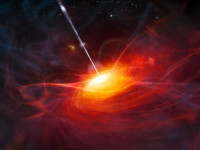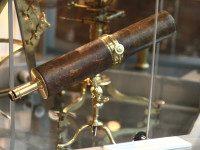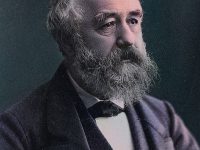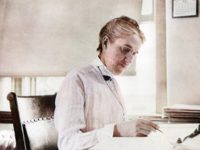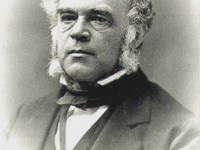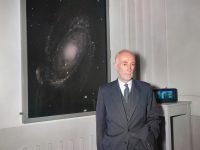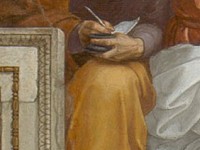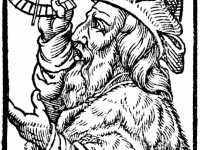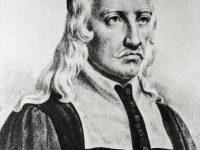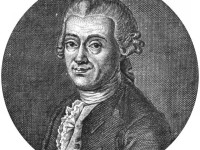Maarten Schmidt and the Phenomenon of Quasars
On December 28, 1929, Dutch astronomer Maarten Schmidt was born. Schmidt is best known for measuring the distances of quasars. Quasars or quasi-stellar radio sources are the most energetic and distant members of a class of objects called active galactic nuclei (AGN). Quasars are extremely luminous and were first identified as being high redshift sources of electromagnetic energy, including radio waves and visible light, that appeared to be similar to stars, rather…
Read more

